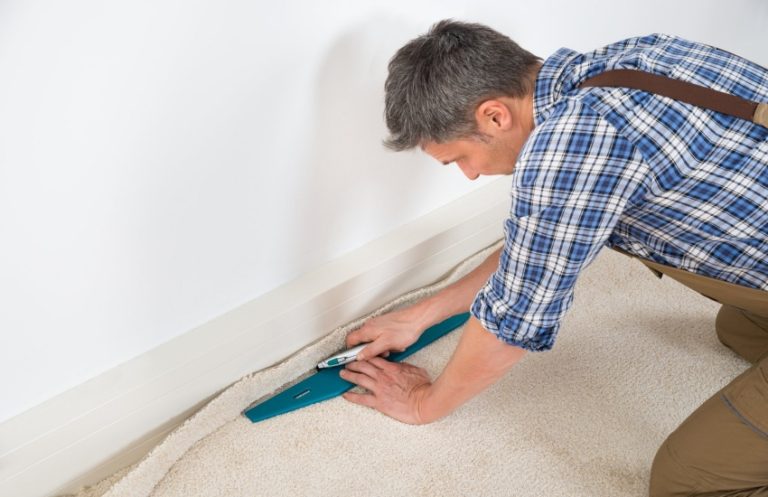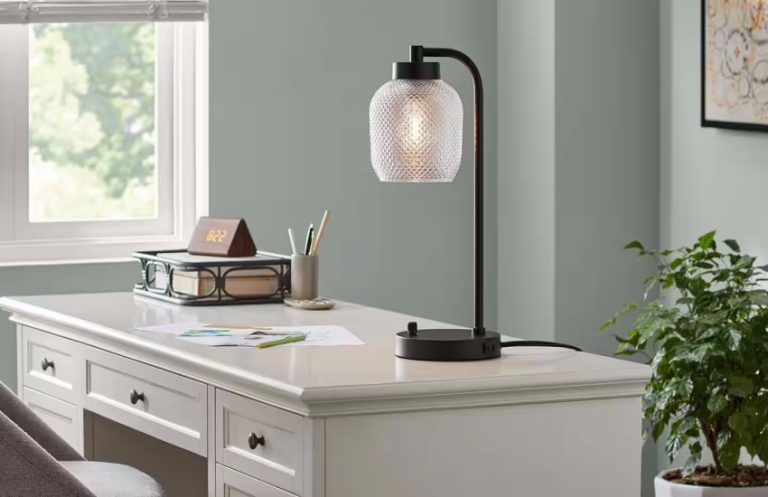
Primary materials used in eco-friendly carpets is natural fibers such as wool, cotton, and jute. Wool is a renewable resource that is biodegradable, making it an excellent choice for those seeking a sustainable option. Wool carpets are known for their durability, softness, and natural resistance to stains and dirt. They also help regulate indoor humidity, contributing to a healthier living environment. Cotton carpets are another natural option that is soft and comfortable underfoot. They are often made from organic cotton, which is grown without harmful pesticides or synthetic fertilizers, making them a safe choice for homes with children and pets.
Another popular material for eco-friendly carpets is recycled fibers. Many manufacturers produce carpets made from recycled plastic bottles or other post-consumer materials. These carpets not only help reduce waste but also offer impressive durability and stain resistance. Recycled polyester carpets can mimic the look and feel of traditional carpets while providing an environmentally friendly alternative. Choosing carpets made from recycled materials can significantly decrease your carbon footprint and promote a circular economy.
When considering eco-friendly carpets, it is essential to look for certifications that indicate the product’s sustainability. Certifications such as Green Label Plus and Cradle to Cradle ensure that the carpets meet strict environmental and health standards. These certifications can provide peace of mind, knowing that the carpets you choose are safe for your home and the planet.

Maintenance is another important aspect of eco-friendly carpets. Many natural fibers require specific cleaning methods to maintain their appearance and longevity. Regular vacuuming is essential to keep carpets looking fresh and to prevent dirt buildup. Some eco-friendly carpets can be cleaned with natural cleaning solutions, minimizing the use of harsh chemicals that can harm indoor air quality. It is advisable to consult the manufacturer’s care instructions to ensure proper maintenance.
Aesthetic appeal is also a significant consideration when selecting eco-friendly carpets. These carpets come in a variety of colors, patterns, and textures, allowing homeowners to find options that complement their interior design style. Natural fibers often have unique textures and hues that can add warmth and character to a room. Recycled fiber carpets can also offer vibrant colors and modern designs, making them suitable for contemporary spaces.
Investing in eco-friendly carpets can contribute to a healthier home environment while promoting sustainability. These carpets can improve indoor air quality by reducing the presence of harmful chemicals found in conventional carpets. By choosing eco-friendly options, homeowners can create a comfortable living space that reflects their values and commitment to environmental stewardship.
Various aspects of eco-friendly carpets can empower you to make choices that align with your lifestyle and environmental goals. By considering materials, certifications, maintenance, and aesthetics, you can select carpets that not only enhance your home but also contribute to a sustainable future. Eco-friendly carpets represent a thoughtful choice for those seeking to balance style, comfort, and ecological responsibility.





